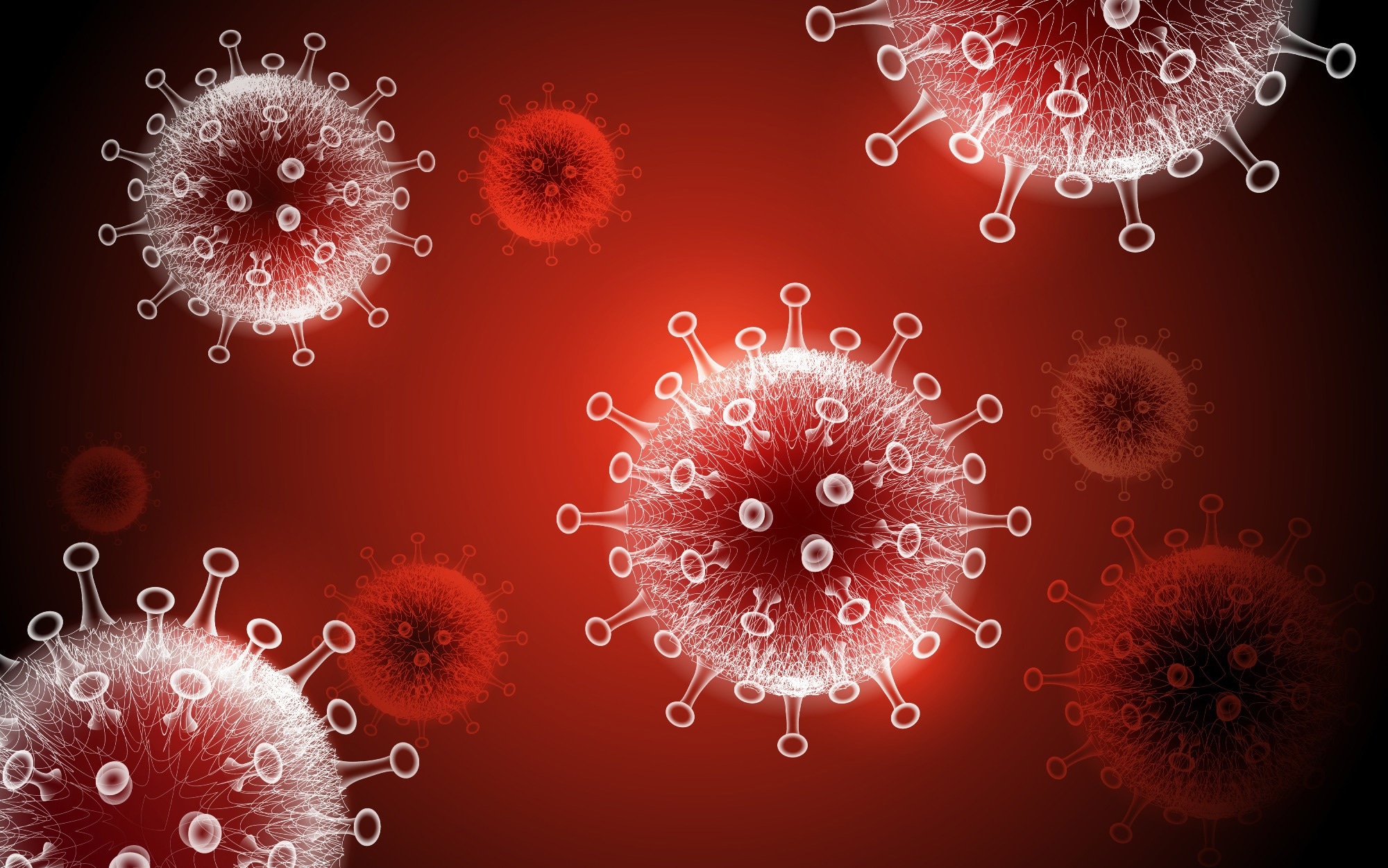In a recent study published in Nature Communications, researchers compared the significant congenital abnormalities observed after coronavirus disease 2019 (COVID-19) infection and vaccination.

Severe acute respiratory syndrome coronavirus 2 (SARS-CoV-2) infection during pregnancy is linked with severe COVID-19 symptoms and unfavorable perinatal and maternal outcomes. However, rates of COVID-19 vaccination remain low in many settings among pregnant women. Concerns about vaccine safety are among the main obstacles to COVID-19 vaccination during pregnancy. There are numerous studies indicating the safety of receiving the COVID-19 vaccines during pregnancy in terms of perinatal events like early pregnancy outcomes like miscarriage and stillbirth. However, there is insufficient evidence linking COVID-19 infection or vaccination in early pregnancy and the danger of congenital anomalies.
About the study
In the present study, researchers estimated the relationship between COVID-19 infection and vaccination separately, between six weeks before conception and 19 weeks and six days of gestation.
The team utilized the updated COVID-19 in Pregnancy in Scotland (COPS) cohort containing data on all completed and continuing pregnancies in Scotland beginning on 1 January 2015. In this cohort, pregnancies ending at any gestational stage and with any result were included. The team extracted data related to the approximate date of conception, gestational age at the end of pregnancy, and pregnancy outcome for each pregnancy. National data on COVID-19 immunization and confirmed SARS-CoV-2 infections were integrated into the COPS study cohort to identify relevant exposures.
In the study, primary exposure consisted of receiving any SARS-CoV-2 vaccination between six weeks before conception and 19 + 6 weeks gestation or until the end of the pregnancy, whichever was earlier. Infants were classified as being exposed to COVID-19 vaccination if their mothers were administered with any type of vaccine accessible in Scotland of any dose and any number of doses during the exposure period.
Results
For the SARS-CoV-2 vaccination analysis, the team found 53,914 infants who had appropriate follow-up time during the exposure period of the study vaccine. Almost 8785 of these 53,914 infants were born to women who had received a COVID-19 vaccine in the period from six weeks prior to conception to 19 + 6 weeks gestation. Newborns having vaccinated mothers had a higher likelihood of being born to mothers from the least disadvantaged regions, who were non-smokers, and who had previous medical issues, compared to babies of unvaccinated mothers. Of the 6,731 infants born to vaccinated moms, 153 were recognized as having an anomaly. In 120 infants, there was no confirmed genetic foundation for their anomaly. Furthermore, 467 of the 20,193 infants born to unvaccinated women had any type of defect, while 375 exhibited a non-genetic anomaly.
In studies that only took into account matching variables in the model or that accounted for all clinical and socio-demographic covariates, there was no indication of a connection between COVID-19 immunization and any abnormality. Likewise, the team found no indication of a connection between vaccination and non-genetic aberrations when matching variables and sociodemographic and clinical confounders were taken into consideration.
In analyses that included newborns from pregnancies lasting for any duration, the outcomes were similar. When the vaccinated cohort was restricted to babies having vaccinated mothers who were immunized in the conception window having a teratogenic risk to 9 + 6 gestation inclusive, no proof of any correlation between COVID-19 vaccination and anomaly incidence was found. The adjusted odds ratio (OR) for the relationship between vaccination and the incidence of an anomaly was 0.76, and that for non-genetic anomalies was 0.66. Most pregnant moms who were immunized throughout the exposure period were vaccinated with an mRNA vaccine; 18.2% received the ChAdOx1-s/nCoV-19 vaccine, while 0.2% were administered with over one vaccine type.
Compared to newborns of uninfected mothers, infants exposed to SARS-CoV-2 infection had a higher chance of being born to women from the most deprived regions and from urban regions. Among the 1574 infants who were SARS-CoV-2-exposed, 32 displayed an anomaly, while 26 exhibited a non-genetic anomaly. Of the 4722 infants that were not exposed to verified SARS-CoV-2 infection, almost 71 displayed a non-genetic anomaly, and 85 infants had any anomaly. Furthermore, there was no indication of a connection between COVID-19 and any anomaly, regardless of whether analyses included matching variables or clinical and sociodemographic confounders. Also, no connection was found between COVID-19 infection and non-genetic anomaly.
Overall, the study findings showed that there is no connection between COVID-19 immunization or SARS-CoV-2 infection and the likelihood of significant congenital abnormalities. The researchers believe that the study contributes to a growing body of information on the safety of COVID-19 immunization during pregnancy and gives crucial comfort on the safety of vaccination immediately before or in early pregnancy.










![Best Weight Loss Supplements [2022-23] New Reports!](https://technologytangle.com/wp-content/uploads/2022/12/p1-1170962-1670840878.png)




